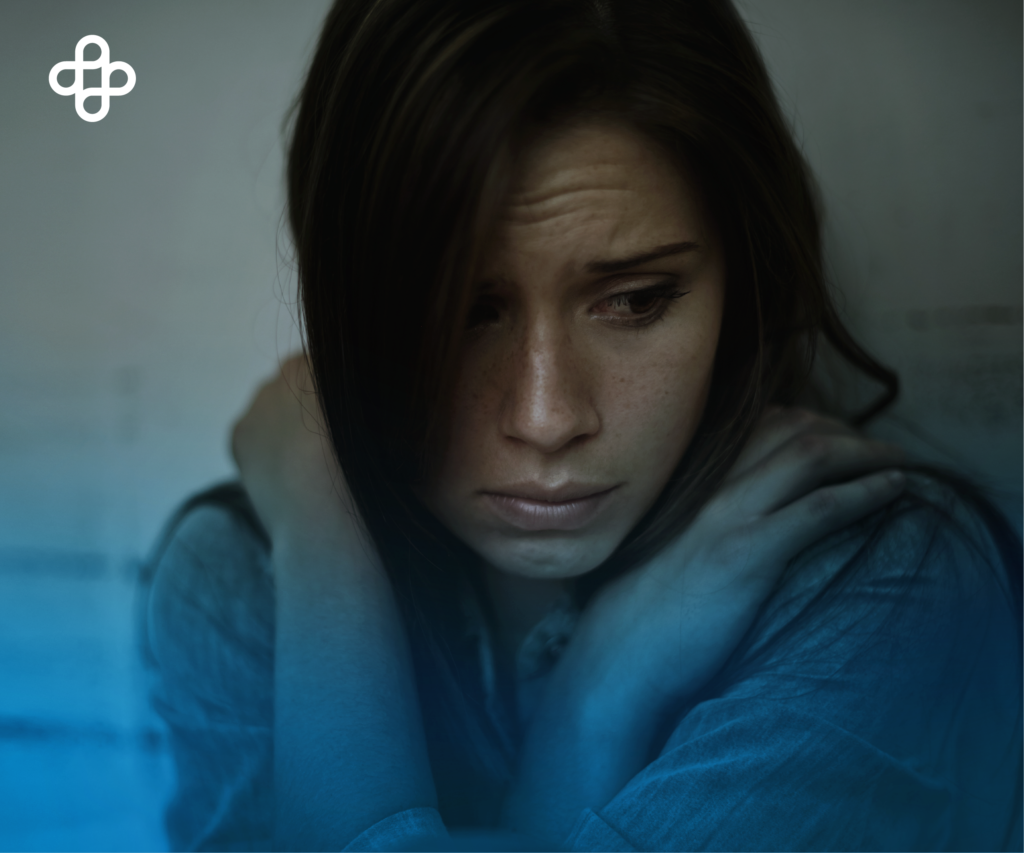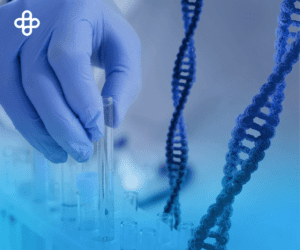Understanding Bipolar Disorder Symptoms
Bipolar disorder causes unpredictable mood and behavior changes, leading to significant distress and difficulty in daily life. There are different types of bipolar disorder and related conditions, which involve episodes of mania, hypomania, or depression.
Types of Bipolar Disorder
Bipolar I Disorder
You have experienced at least one manic episode, which may have been preceded or followed by a hypomanic or major depressive episode. In some cases, mania can lead to psychosis (loss of touch with reality).
Bipolar II Disorder
You have had at least one major depressive episode and one hypomanic episode but never a full manic episode.
Cyclothymic Disorder (Cyclothymia)
For at least two years (or one year in children and adolescents), you have had multiple periods of hypomanic symptoms and depressive symptoms. However, they do not meet the full criteria for major depression.
Other Types of Bipolar Disorder
Some forms of bipolar disorder are triggered by medications, alcohol, or underlying medical conditions such as Cushing’s disease, multiple sclerosis, or stroke.

Mania and Hypomania: Key Symptoms
Both manic and hypomanic episodes involve at least three or more of the following symptoms:
- Unusual episodes of optimism, nervousness, or tension
- Increased activity, energy, or restlessness
- Exaggerated sense of well-being and self-confidence (euphoria)
- Reduced need for sleep
- Unusual talkativeness
- Racing thoughts
- Easily distracted
- Poor decision-making, such as impulsive spending, risky sexual behavior, or reckless investments
Major Depressive Episode: Key Symptoms
A major depressive episode is defined by five or more of the following symptoms:
- Persistent sadness, emptiness, hopelessness, or frequent crying (in children and teens, this may appear as irritability)
- Loss of interest or pleasure in almost all activities
- Significant weight loss or gain or appetite changes (in children, failure to gain weight may indicate depression)
- Insomnia or excessive sleep
- Agitation or slowed behavior
- Fatigue or energy loss
- Feelings of worthlessness or excessive guilt
- Difficulty concentrating or making decisions
- Suicidal thoughts, plans, or attempts

Additional Considerations
According to the National Institutes of Health (NIH), bipolar disorder symptoms can vary. Individuals may experience manic, depressive, or mixed episodes, where mania and depression co-occur.
- Episodes typically last for one to two weeks but can persist longer.
- During an episode, symptoms dominate most of the day, every day.
- Behavioral and energy changes are noticeable to others.
- Individuals often return to a stable mood between episodes, but without treatment, episodes tend to become more frequent over time.
Some people may experience mild symptoms. For instance, hypomanic episodes can increase productivity and elevate mood, making individuals feel fine. However, family and friends may notice abnormal mood swings and activity levels, which can lead to a subsequent depressive episode.




